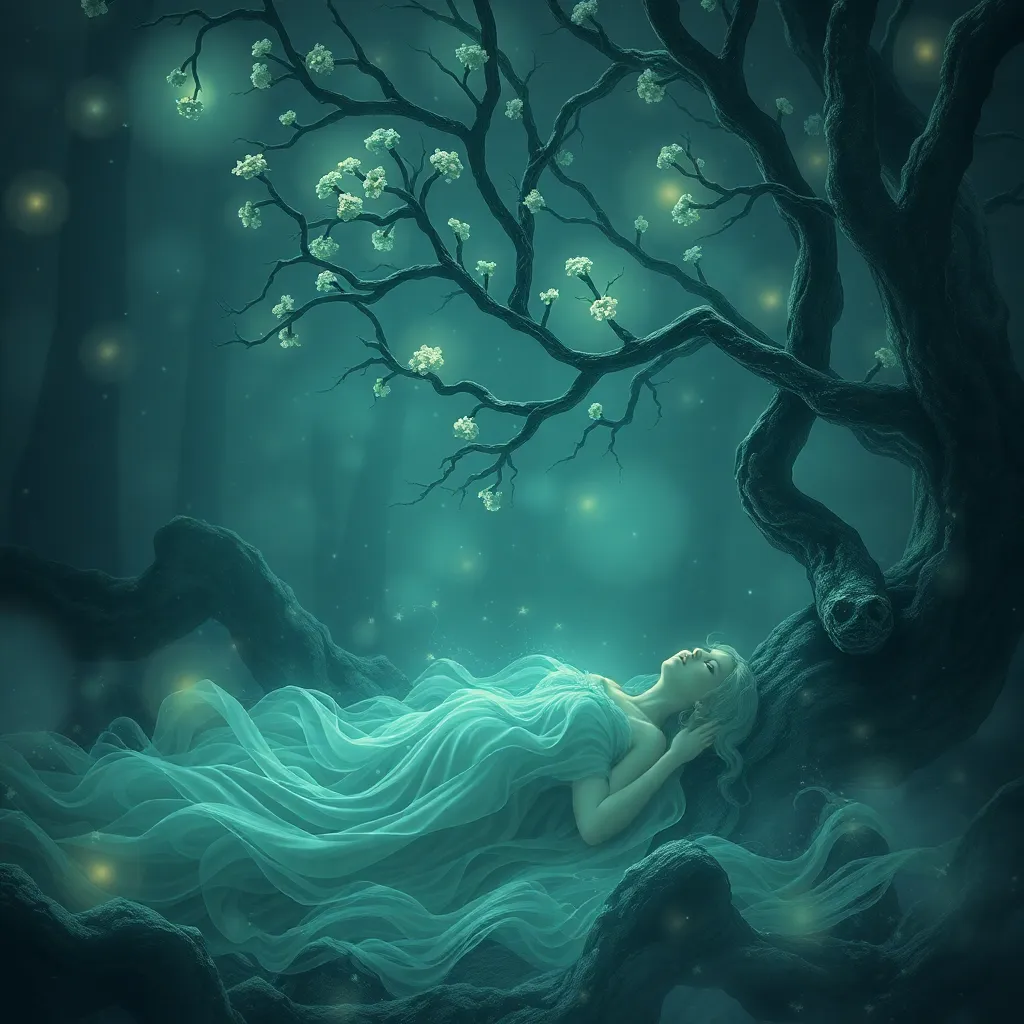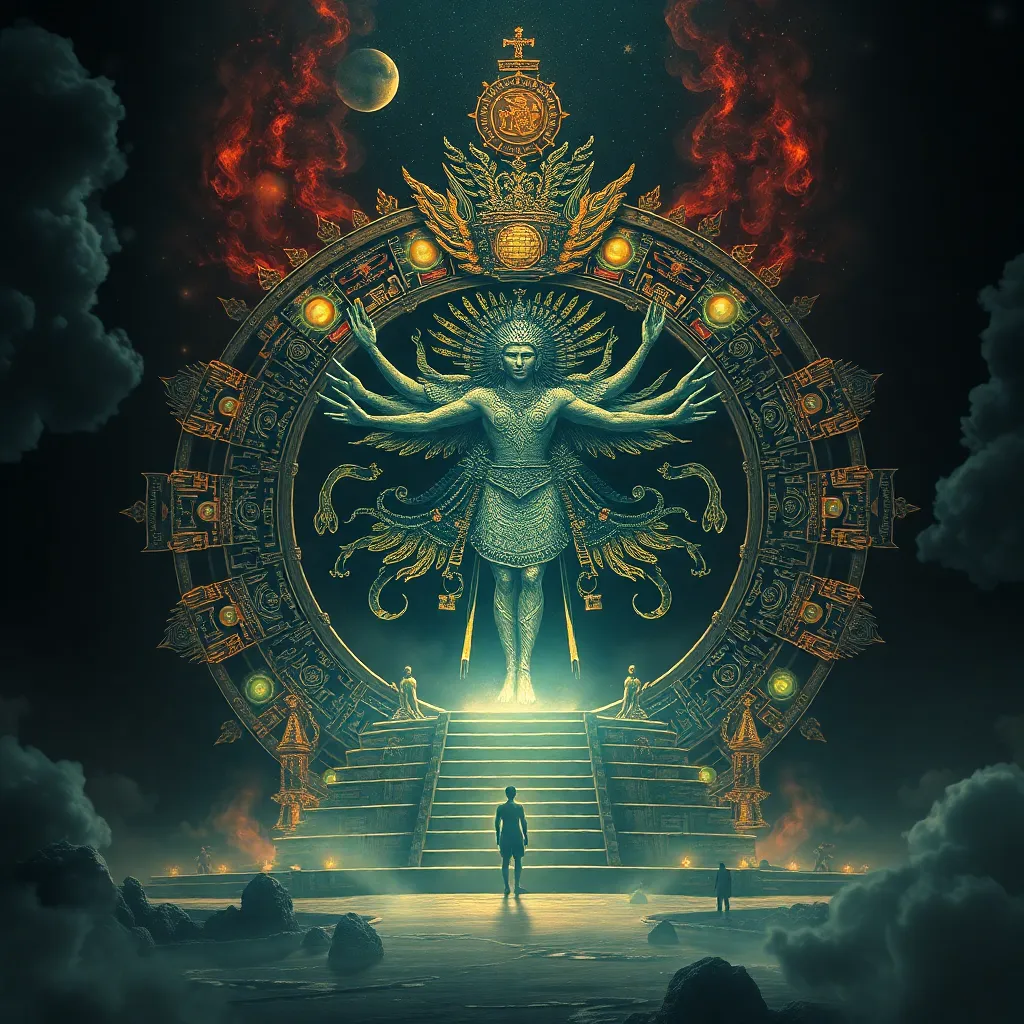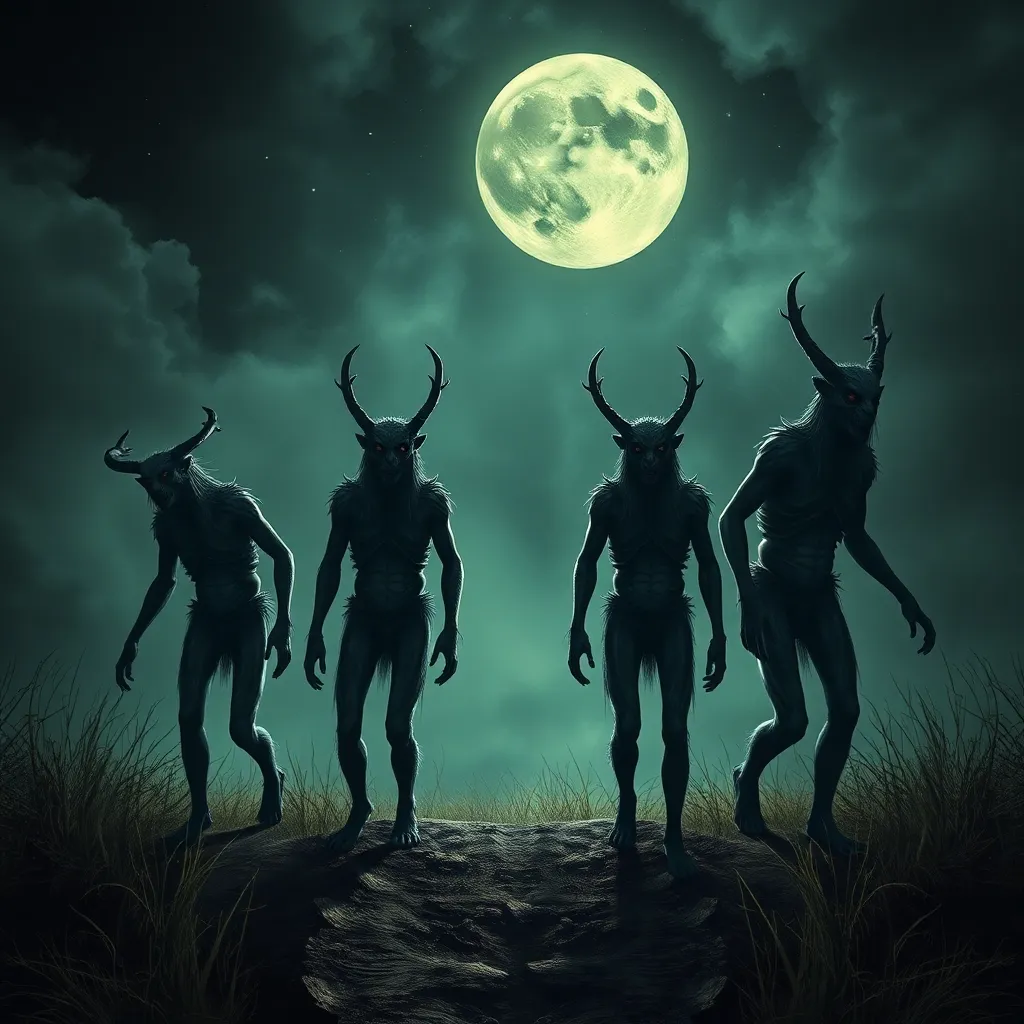The Dryad’s Dream: Exploring the Nature of Sleep and Dreams in Dryad Lore
I. Introduction
Throughout mythology, the enigmatic figures of dryads have captivated the imagination of many. These tree nymphs, rooted in the ancient tales of Greece, embody the beauty and complexity of nature. They are not just guardians of the trees; they are also deeply connected to the rhythms of the earth, including the cycles of sleep and dreams. Understanding the significance of sleep and dreams in various cultures can shed light on the mystical world of dryads.
This article aims to explore the profound connection between dryads and the realms of sleep and dreams, revealing how these themes intertwine in their lore and reflect broader cultural narratives.
II. The Mythical Background of Dryads
Dryads are often defined as tree nymphs in Greek mythology, originating from the word “dryas,” meaning oak tree. They are typically depicted as beautiful maidens, intimately linked to their specific trees and forests.
- Origins: The concept of dryads can be traced back to ancient Greece, where they were believed to be the spirits of trees, particularly oak trees.
- Relationship with trees: Each dryad is connected to a particular tree; if the tree dies, the dryad is said to perish as well.
This intimate relationship illustrates a vital symbolism: dryads represent the life force of nature itself. They embody the essence of the earth, showcasing the interconnectedness of all living things.
III. The Nature of Sleep in Dryad Lore
In dryad stories and folklore, sleep is often depicted as a sacred state, a time when the dryads rejuvenate and connect with the spirit of the forest. Their sleep patterns are influenced by the natural world around them.
- Depictions of sleep: Dryads are often described as falling into a deep slumber during the winter months, reflecting the dormancy of nature.
- Influence of nature: The changing seasons and the health of their trees directly affect their sleep, leading to a profound connection between their well-being and the ecosystem.
- Differences from human sleep: While humans experience sleep as a necessary biological function, dryad sleep is often portrayed as a spiritual communion with nature.
IV. Dreams and Their Significance to Dryads
Dreams hold a unique place in dryad mythology, often serving as a bridge between the conscious and the spiritual realms. These dreams reflect the dryad’s bond with the forest and guide them in their duties.
- Portrayal of dreams: Dryads are often depicted as receiving visions in their dreams, providing insights into the health of the forest.
- Connection to the forest: Dreams may feature symbolic representations of trees, animals, and natural events, reinforcing their role as protectors of nature.
- Guidance in duties: Dreams often serve as a compass for dryads, helping them navigate their responsibilities towards the trees and the environment.
V. Dream Symbols and Themes in Dryad Mythology
Dreams in dryad mythology are rich with symbolism and recurring themes, often reflecting the cyclical nature of life.
- Common symbols:
- Trees as symbols of life and vitality.
- Animals representing guidance and companionship.
- Seasons indicating change and renewal.
- Themes of growth: Dreams often highlight themes of renewal, emphasizing the constant cycle of life and death in nature.
- Protection: Many dreams convey a sense of guardianship over the forest, illustrating the dryads’ role as protectors.
This interplay between dreams and the natural world enriches the narrative of dryads, showcasing their integral role in the ecosystem.
VI. The Impact of Human Interaction on Dryad Sleep and Dreams
Human interaction with nature has profound implications for dryads, especially concerning their sleep and dreams. The encroachment of urbanization and deforestation disrupts their natural habitats.
- Deforestation effects: The destruction of trees leads to restless dryads, unable to find peace in their sleep.
- Consequences on dream symbolism: As their environment deteriorates, the symbols in their dreams shift, often reflecting loss and despair.
- Myths of response: Many myths depict dryads becoming vengeful or despondent due to human actions, illustrating their deep connection to the land.
VII. Modern Interpretations of Dryad Dreams
In contemporary culture, the lore of dryads and their dreams has been reinterpreted through various artistic and psychological lenses.
- Contemporary literature: Authors and poets have drawn inspiration from dryad mythology, often exploring themes of nature, identity, and spirituality.
- Psychological interpretations: Modern psychology sometimes views dryad dreams as representations of environmental consciousness and the subconscious fears associated with ecological destruction.
- Environmental relevance: The dreams of dryads resonate with today’s environmental discourse, reminding us of the need to protect our natural world.
VIII. Conclusion
The exploration of sleep and dreams within dryad mythology reveals their importance in understanding not just these mythical beings, but also our connection to the natural world. As guardians of the trees, dryads remind us of the delicate balance between nature and humanity.
Reflecting on the broader implications of these themes can lead to a deeper appreciation for the environment and the need to protect it. By embracing the wisdom of dryads and their dreams, we can find inspiration to cherish and safeguard our natural world for future generations.



